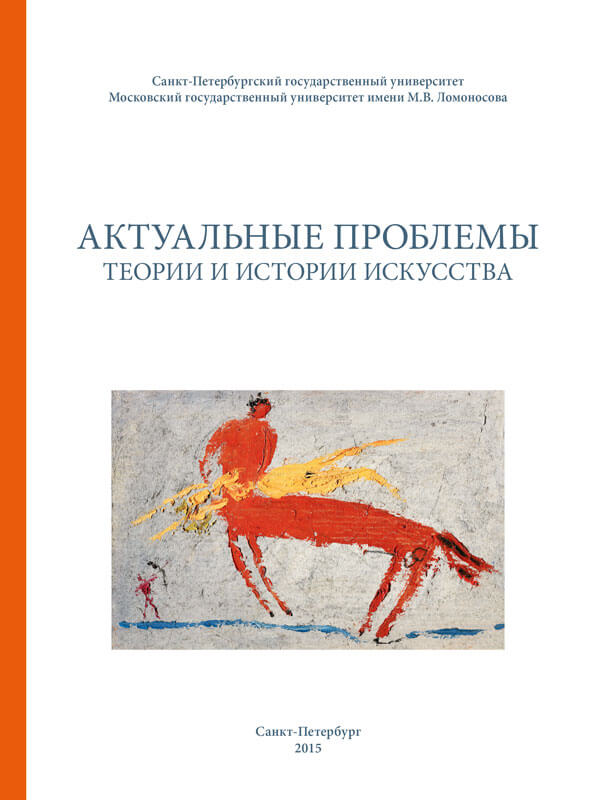The Birth and the Development of the Idealized Concept of Arcadia in the Late Classical Societies
DOI:
https://doi.org/10.18688/aa155-1-3Keywords:
Arcadia, Phidias, Euripides, Antiphon, Artemis, Xenophon, Praxiteles, Apelles, Anyte of TegeaAbstract
In the late archaic aristocratic thought the polis begins to be seen from a negative point of view as a milieu dominated by the lowest part of a society. This negative concept becomes very trendy in the 5th century Athenian culture, especially in the second half of the period. Soon after the visual culture reveals that the world far from the life of the community is seen in very positive terms. This phenomenon is appreciated especially thanks to the many representations of Artemis clad in short diploid chiton running in the grove. In the late 5th century BC a new and positive notion of the life far from the city is outlined by Xenophon. Moreover, the visual culture of Greece in late Classical times is flooded with representations of appealing teenage deities in the forest. The location of this paradisiacal environment in Arcadia is given in a picture attributed to Apelles.
References
Andreae B. Apelles von Kolophon. Mainz, Akademie der Wissenschaften und der Literatur, 2011. 69 p. (in German).
Corso A. The Art of Praxiteles, 5 vols. Rome, “L’Erma” di Bretschneider, 2004–2014. 345 p.; 303 p.; 170 p.; 257 p.; 102 p.
Corso A. Retrieving the Style of Cephisodotus the Younger. Arctos, 2014, vol. 48, pp. 83–110.
Daverio Rocchi G. (ed.). Il Peloponneso di Senofonte. Milan, Cisalpino, 2004. 374 p.
Finkelberg M. (ed.). The Homeric Encyclopedia. London, Wiley-Blackwell Publ., 2011. 1160 p.
Gow A. S. F.; Page D. L. The Greek Anthology. Hellenistic Epigrams, 2 vols. Cambridge, University Press Publ., 1965. 264 p., 719 p.
Kansteiner S. (ed.). Der neue Overbeck, 5 vols. Berlin, Walter De Gruyter, 2014. 617 p.; 915 p.; 801 p.; 776 p.; 858 p. (in German). Jaeger W. Paideia, 3 vols. Oxford, University Press Publ., 1933–1947. 544 p., 460 p., 384 p.
Lolos G. G. Spelaion anapnoen echon eis ten thalassan. Dodone, vol. 26, pp. 287–326. (in Greek).
Montanari F. (ed.). Brill’s Companion to Hesiod. Leiden, Brill, 2009. 430 p.
Moreno P. Apelle. Enciclopedia dell’Arte Antica (EAA). Suppl. 2.1. Roma, Treccani Publ., 1994, pp. 275–276. (in Intalian).
Moroth M. (ed.). Arcadia, the Golden Age and the Locus Amoenus. Acta Antiqua. Budapest, Akadémiai Kiadó Publ., 2013, vol. 53, no. 2–3, pp. 133–322.
Papini M. Artemide nel tipo Versailles. Musei Capitolini. Le sculture del Palazzo Nuovo, 2010, no. 24, pp. 212–219 (in Italian).
Selle H. Theognis und Theognidea. Untersuchungen zur antiken Literatur und Geschichte, 2008, vol. 95. Berlin — New York, Walter de Gruyter. 453 p. (in German).
Zarkadas A. Unknown Pieces of Sculpture from the Paul and Alexandra Canellopoulos Museum. Archaiologikes Symvoles (Archaeological Symbols), Vol. 2(B). Athens, Mouseo Kykladiki Techne Publ. (Museum of Cycladic Art Publ.), 2013, pp. 247–278 (in Greek).


